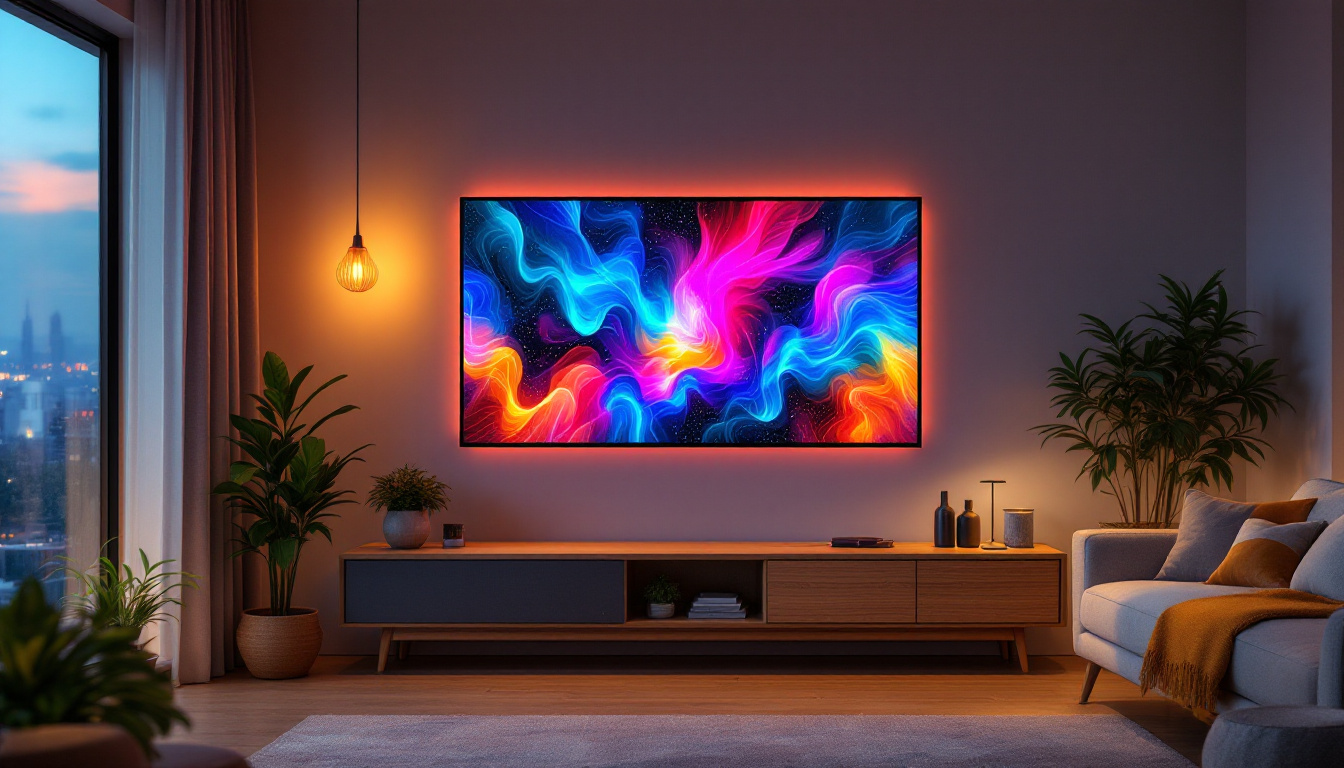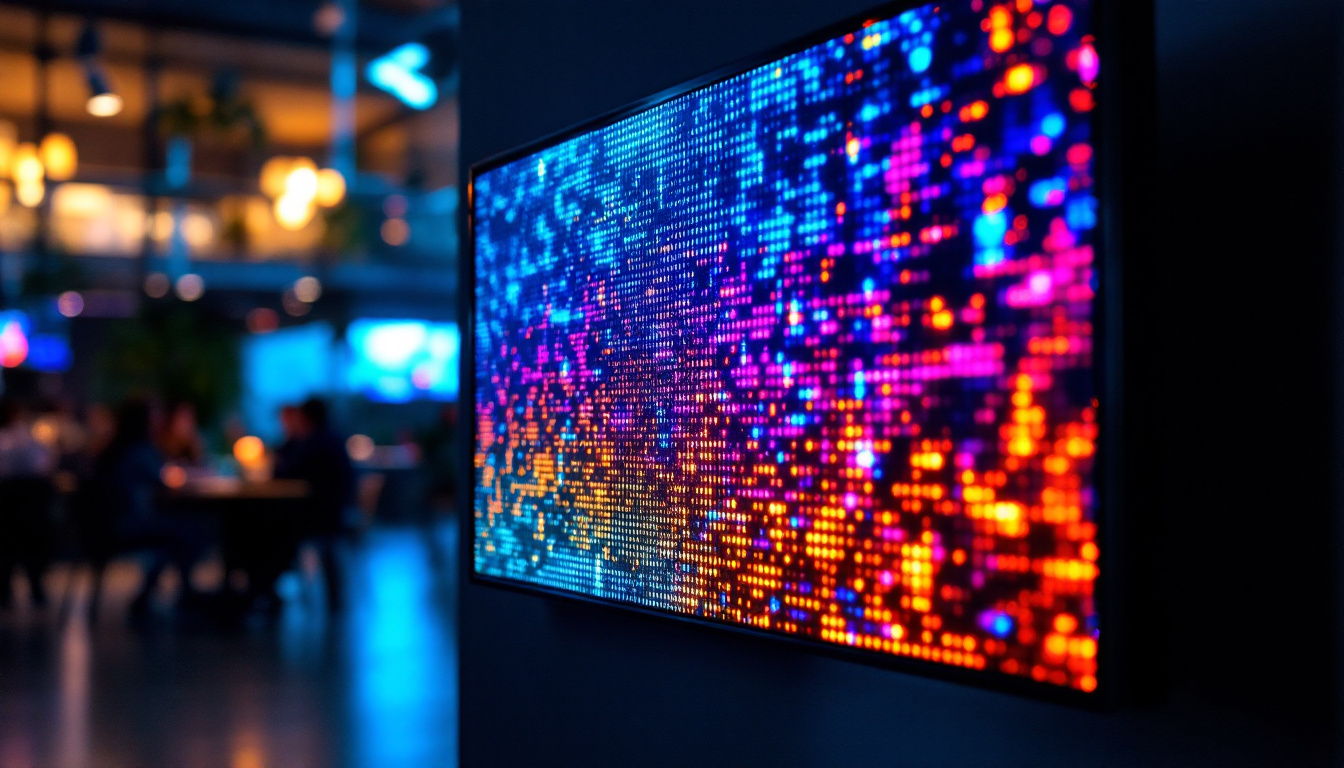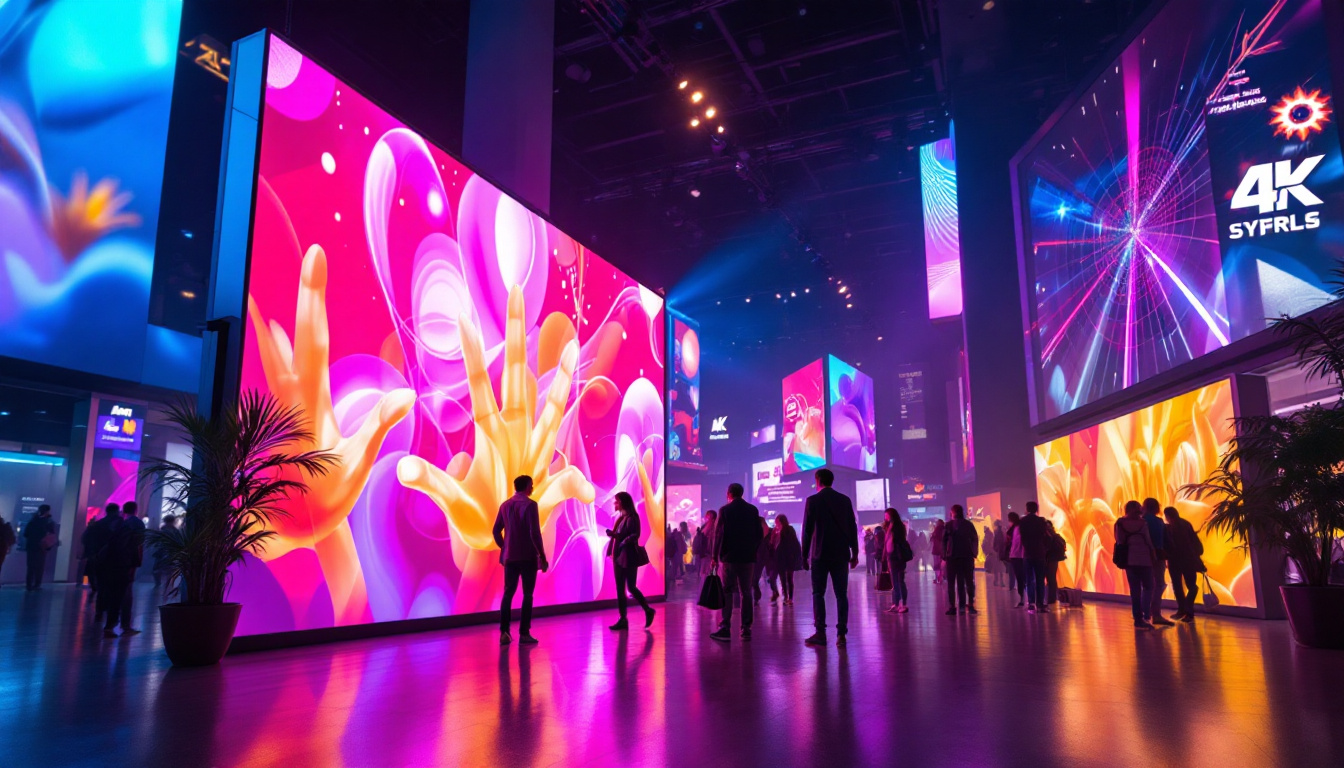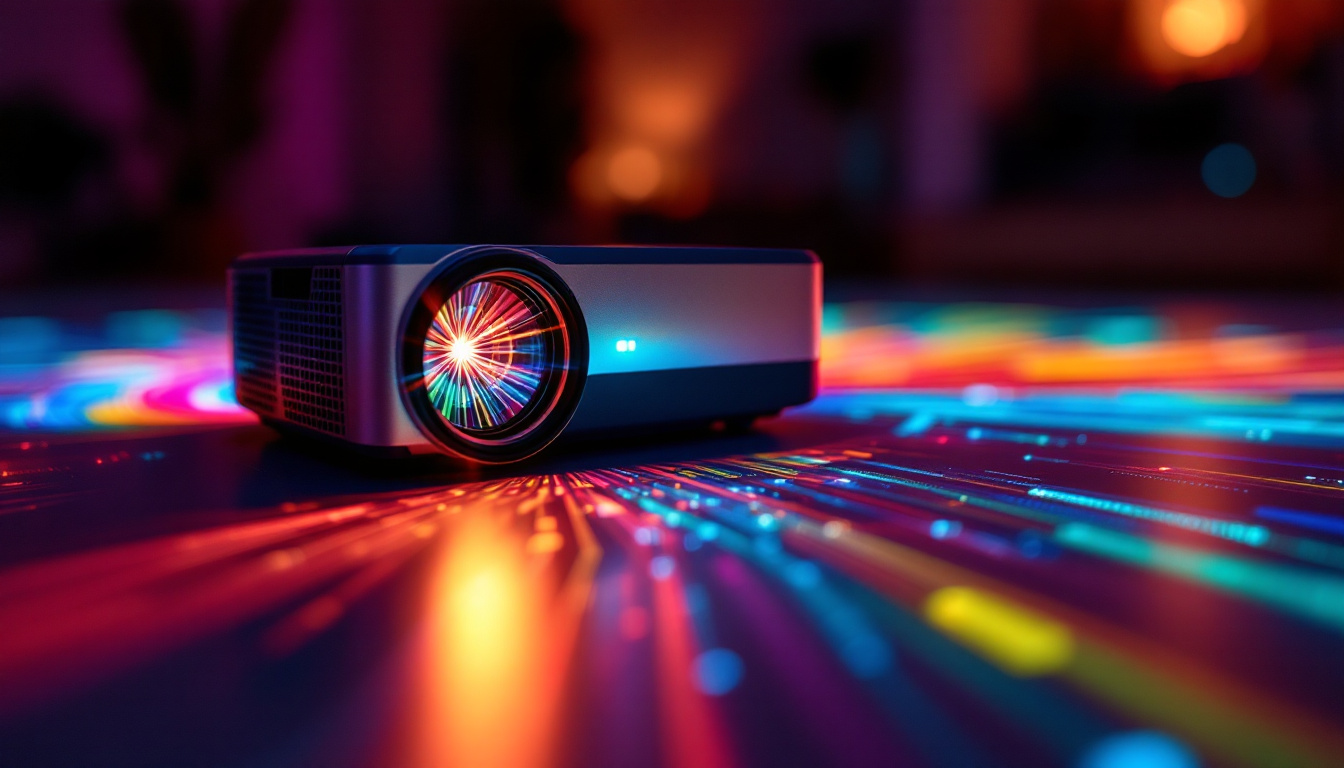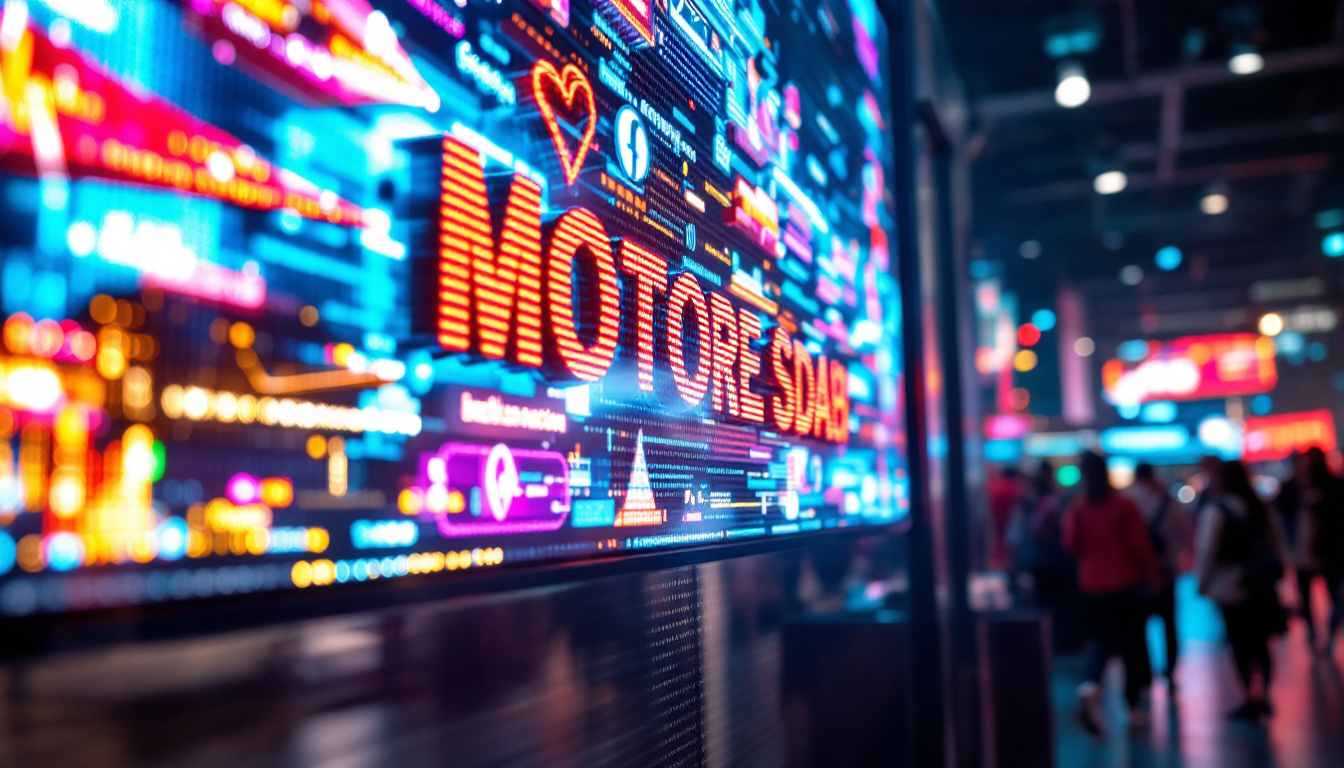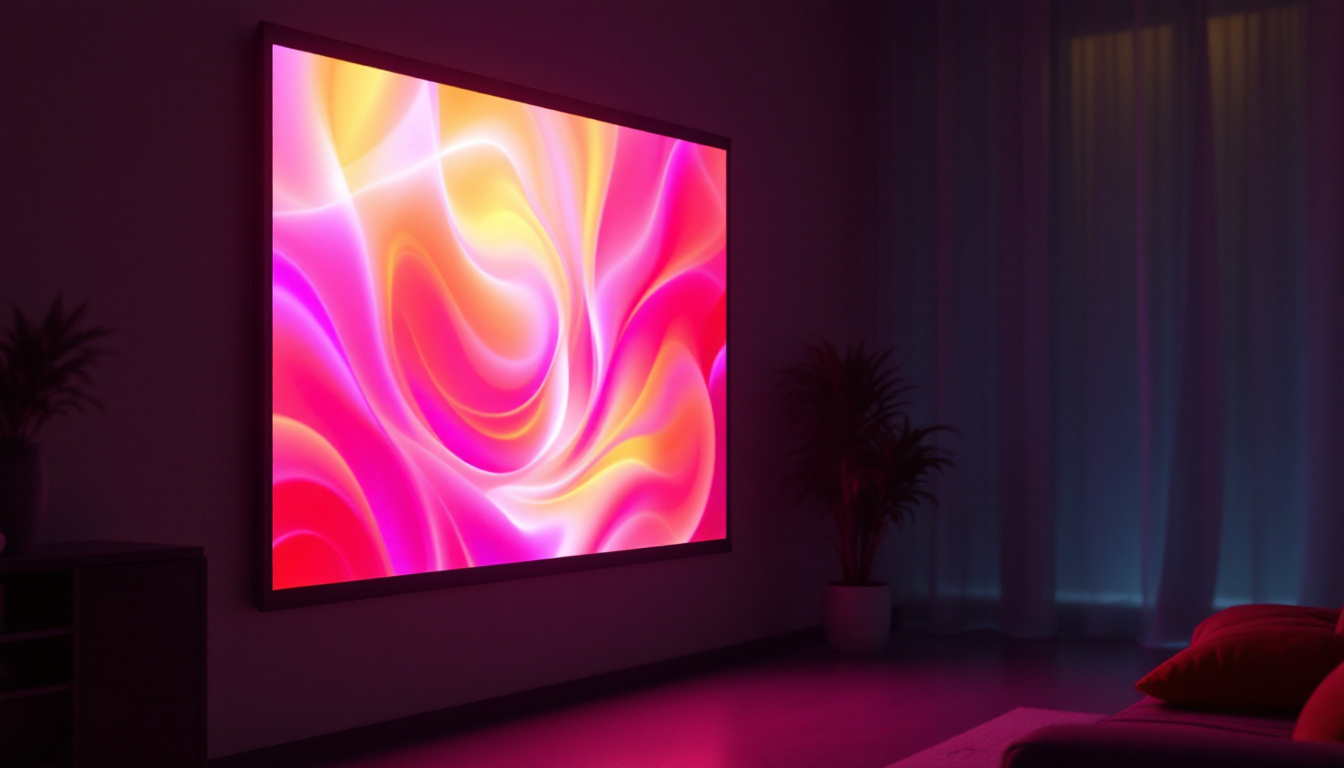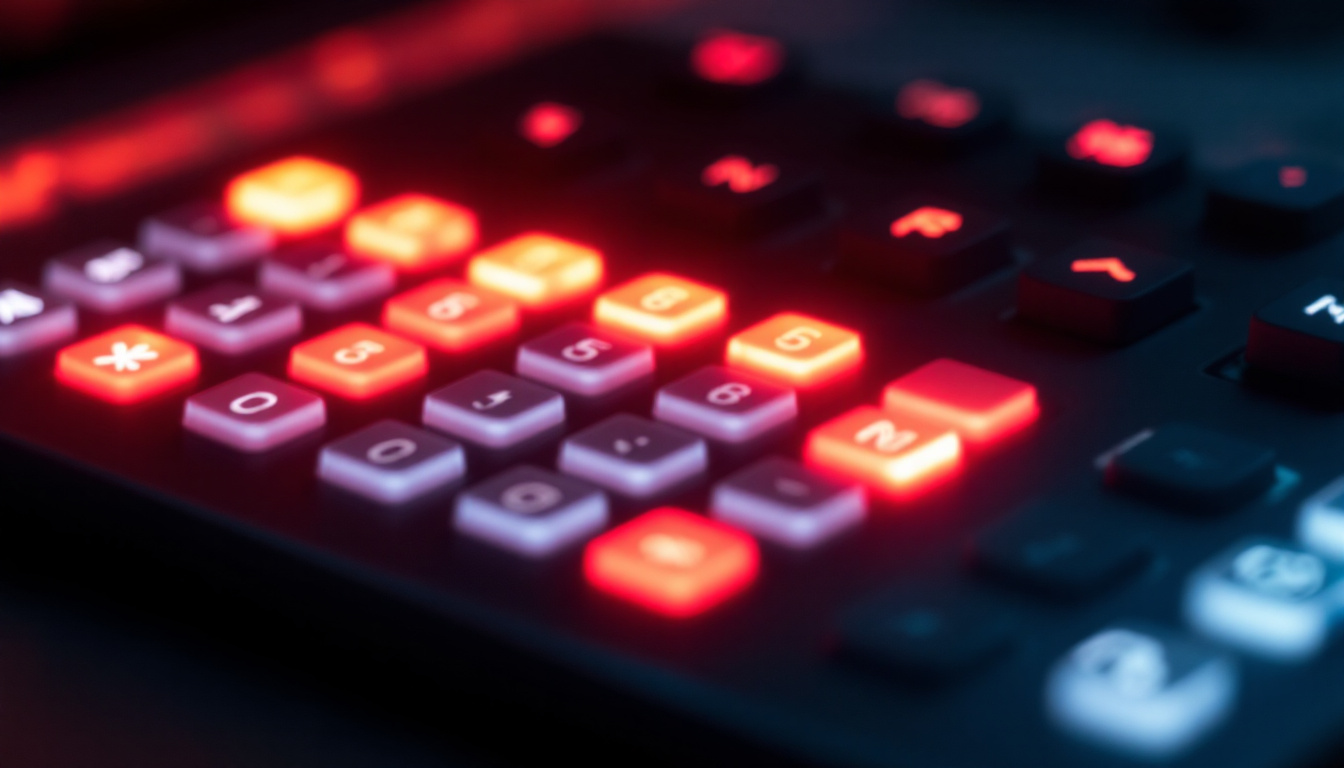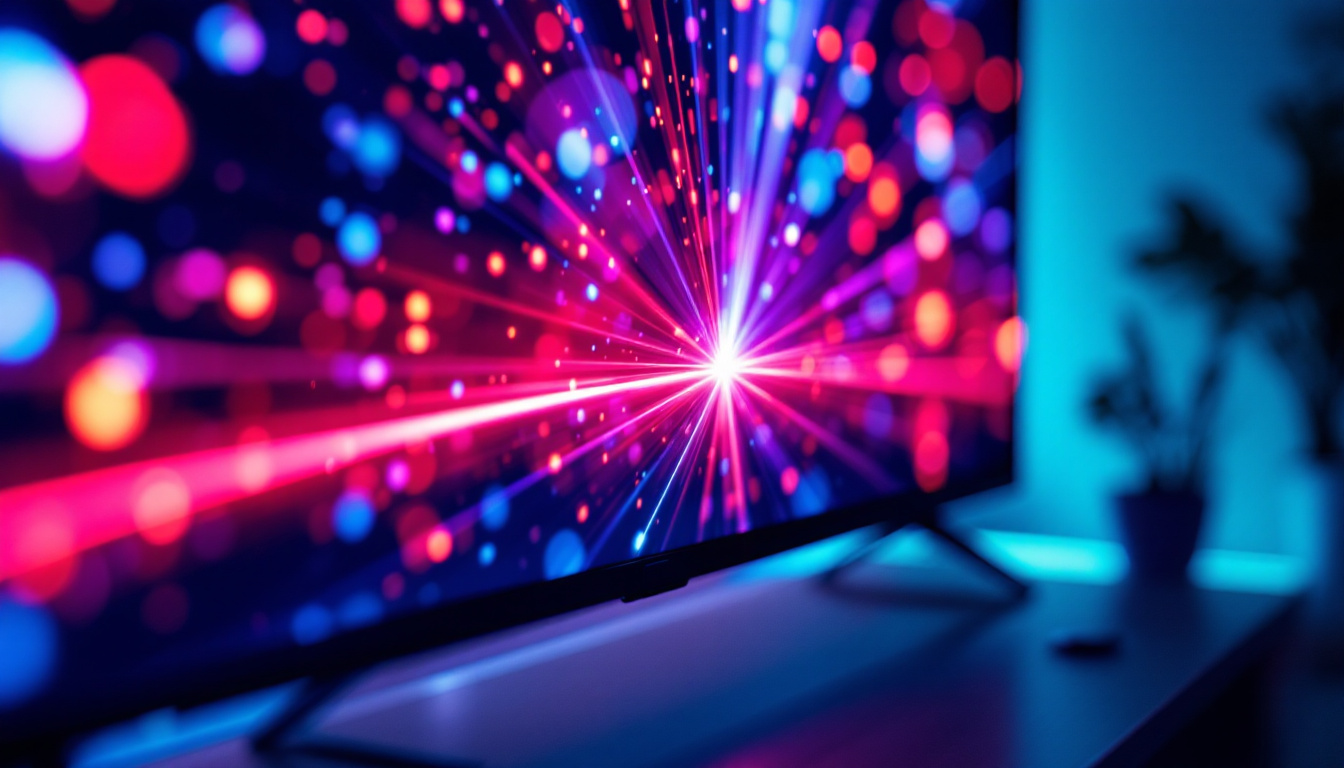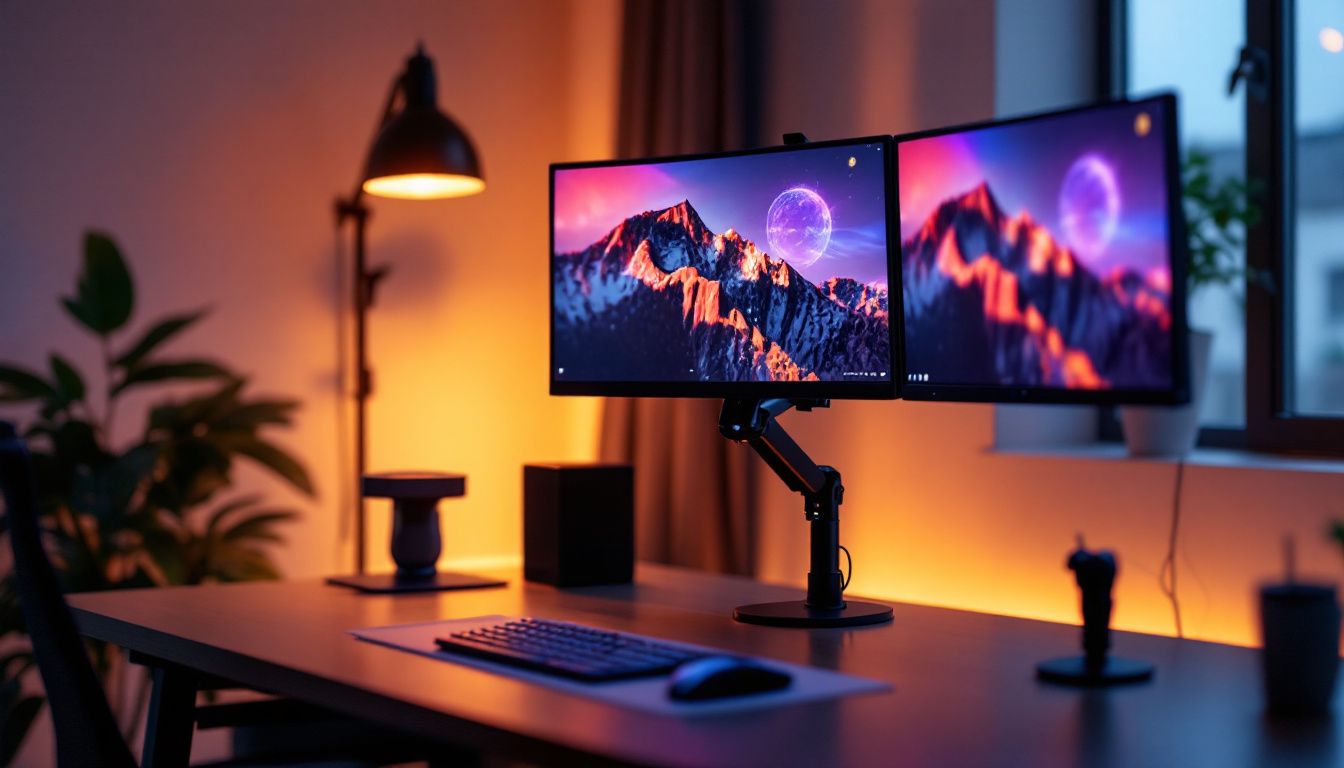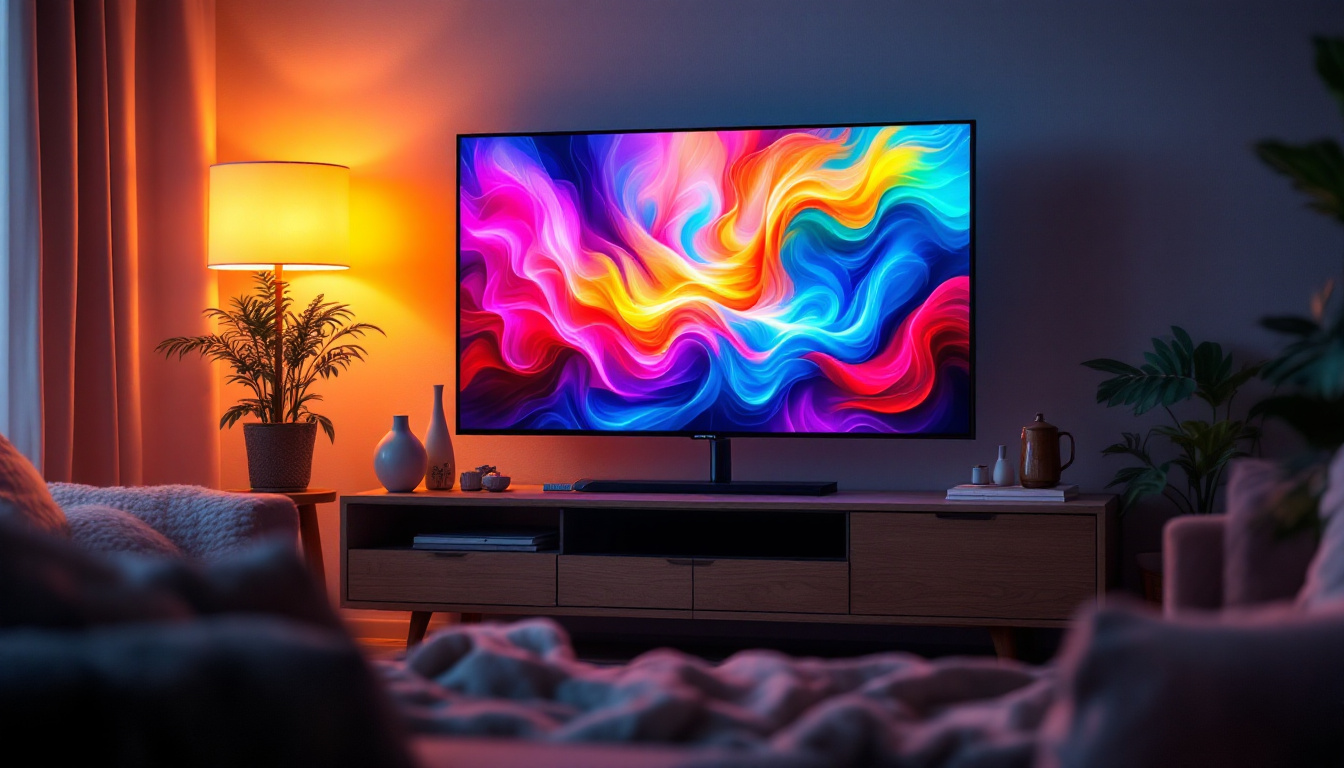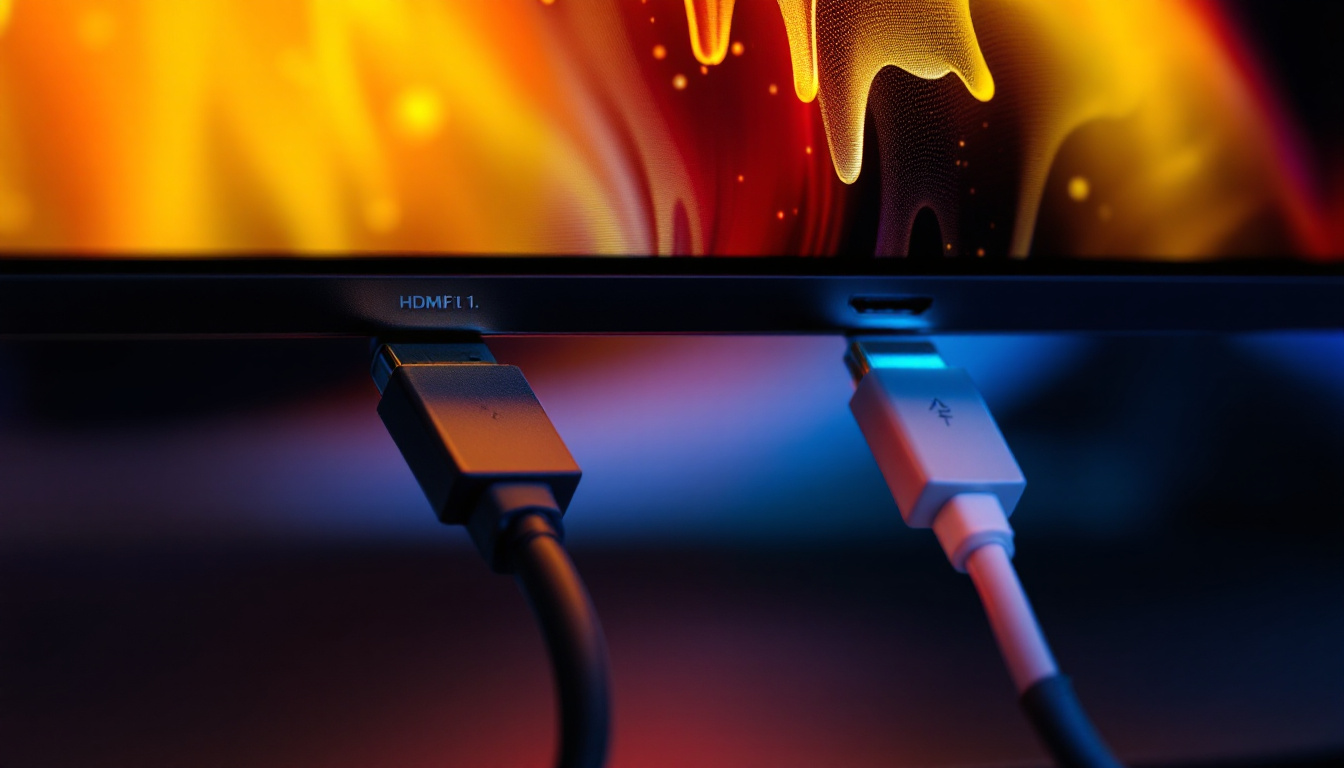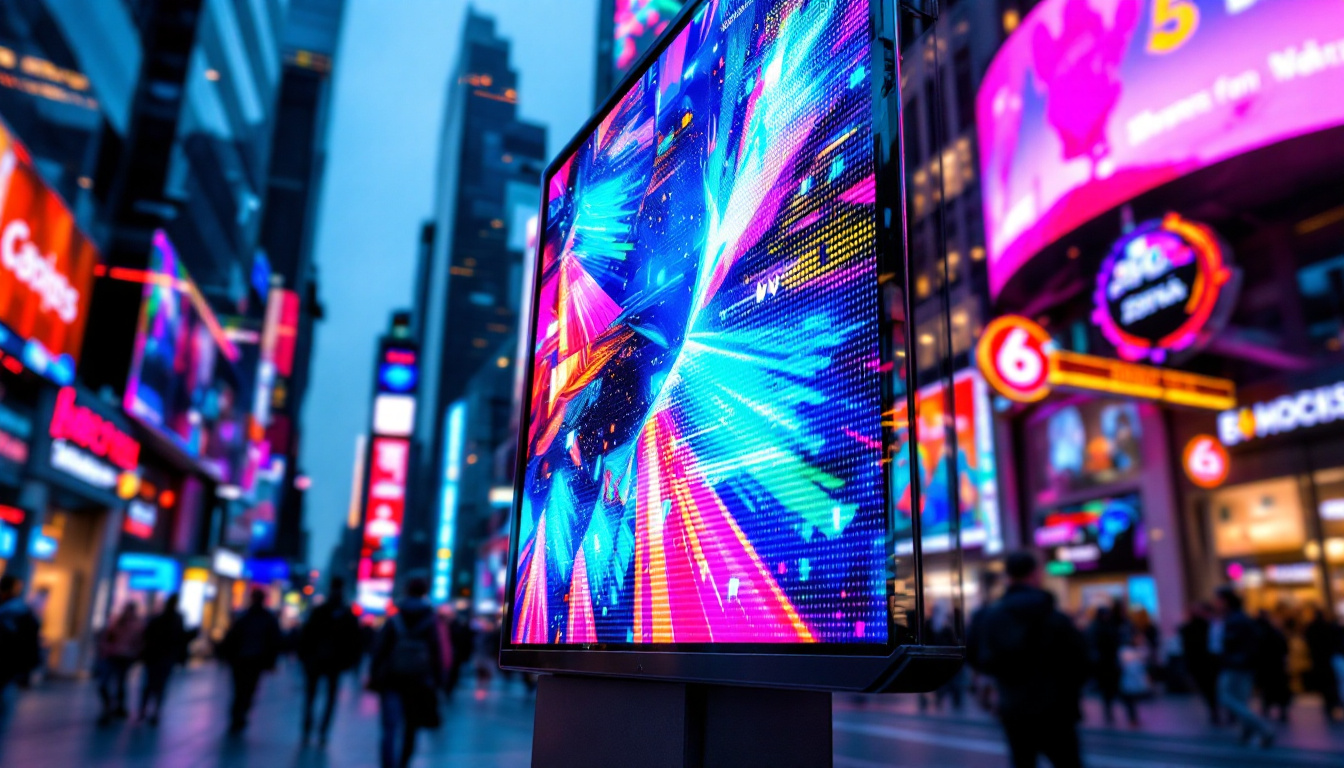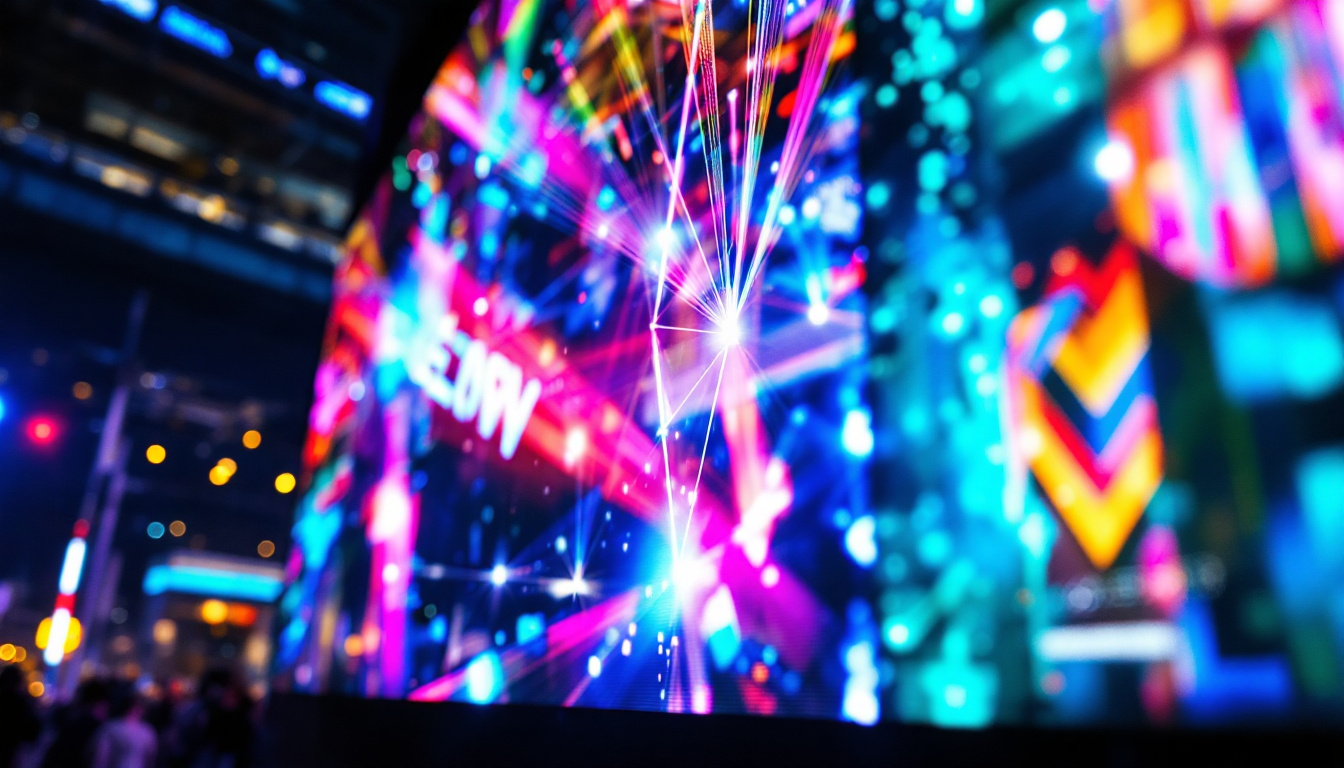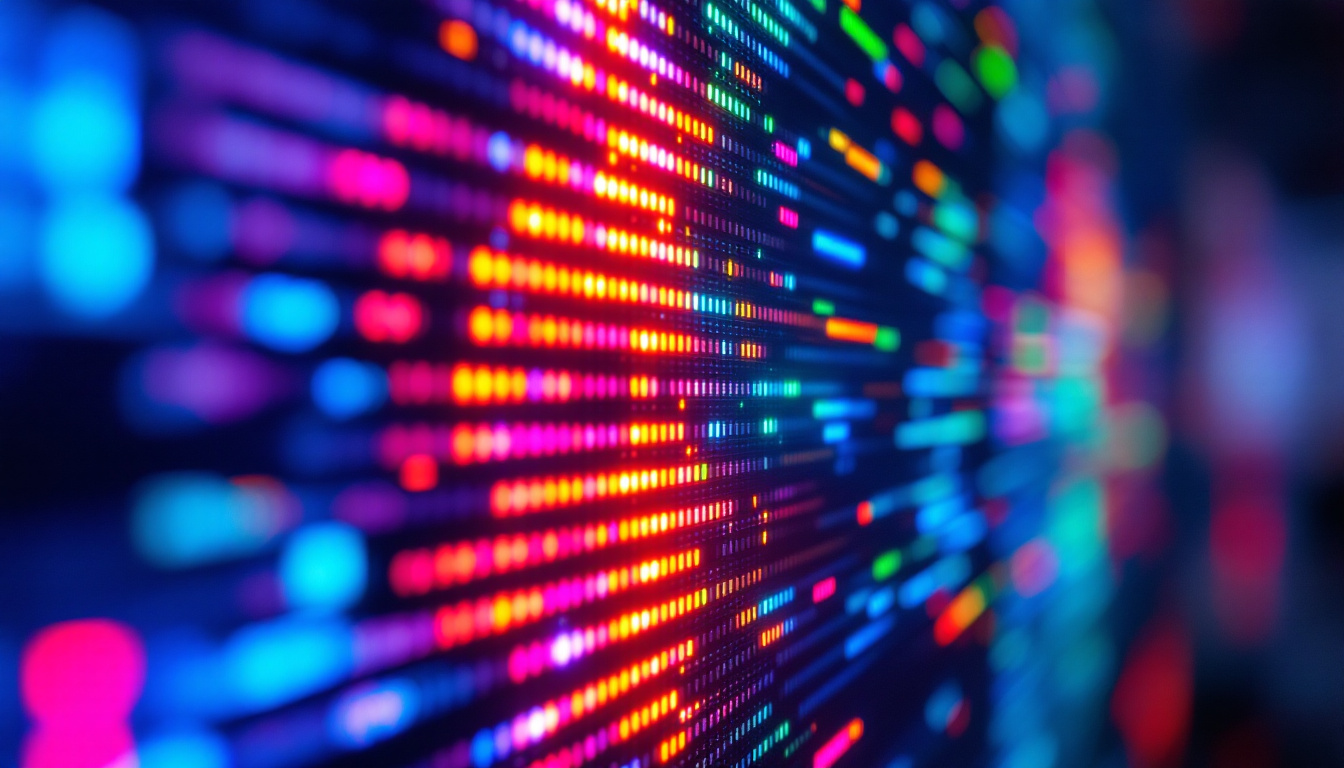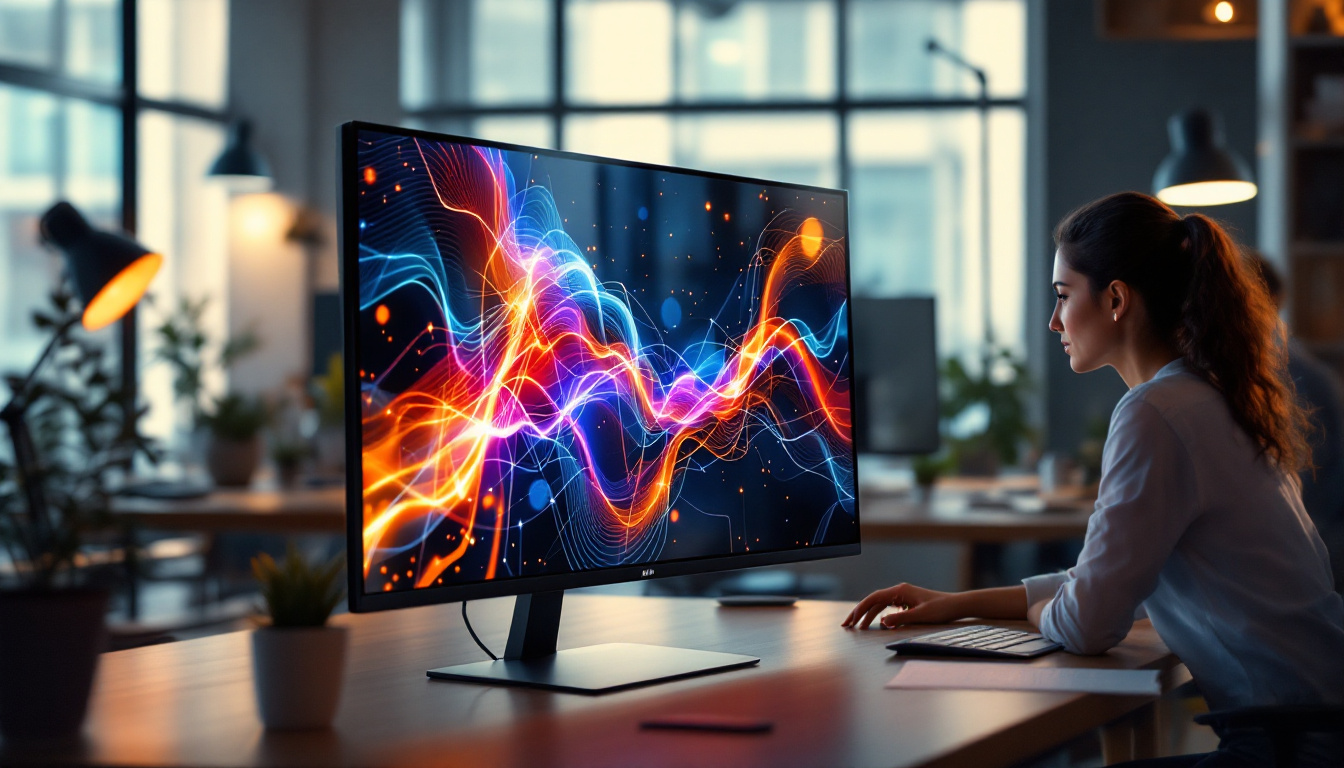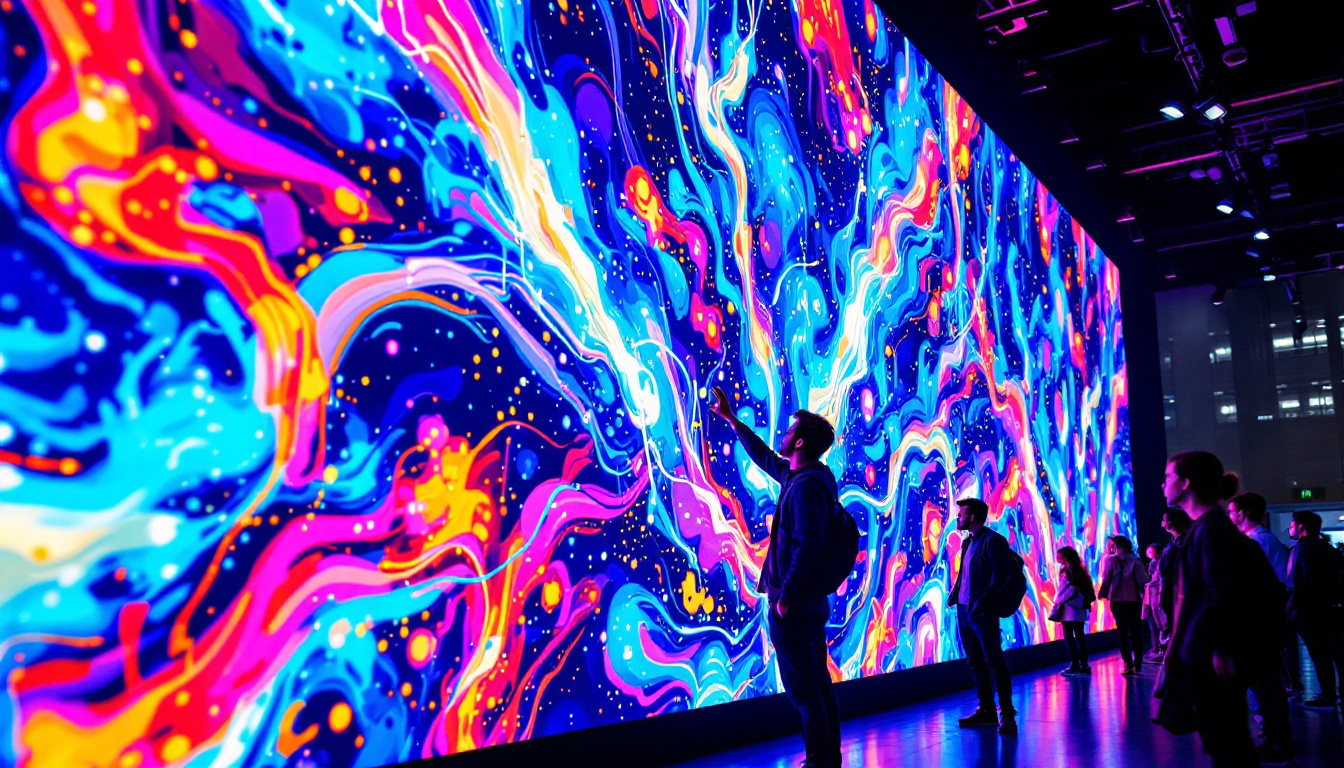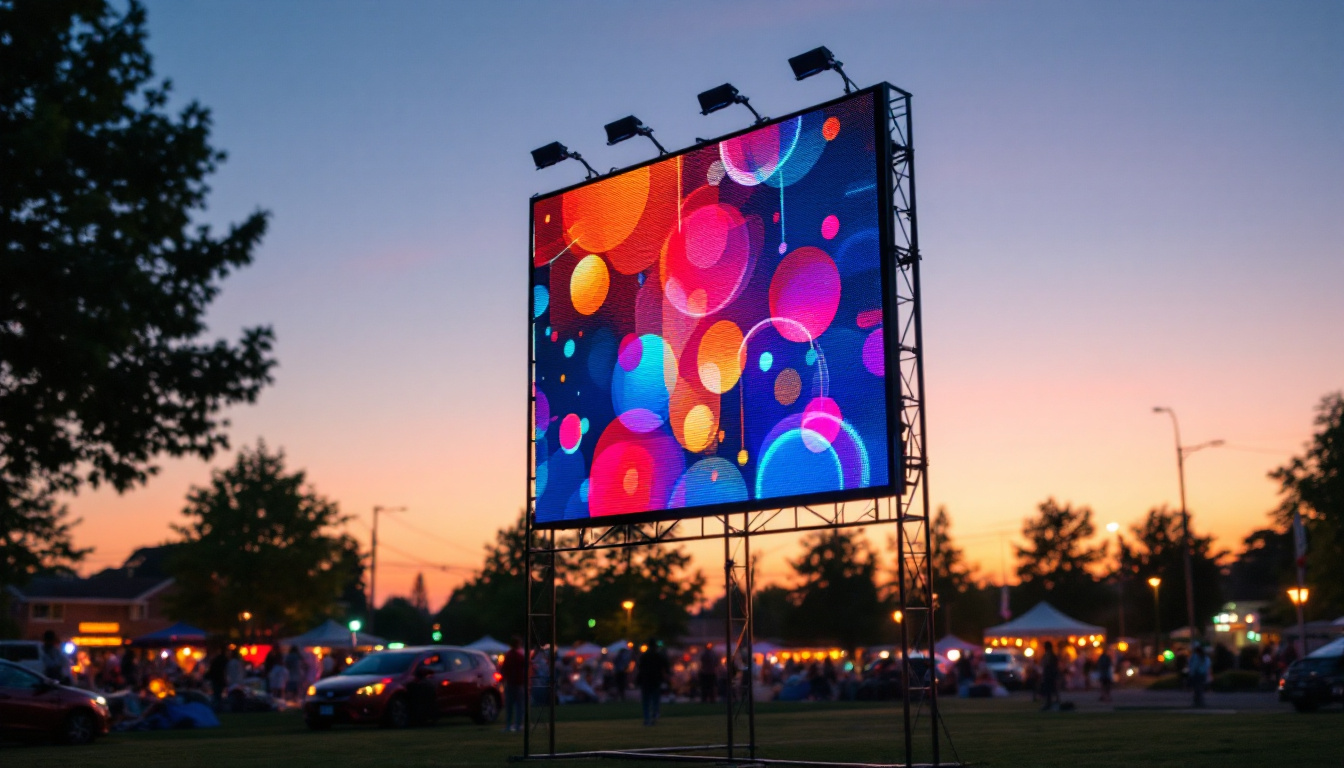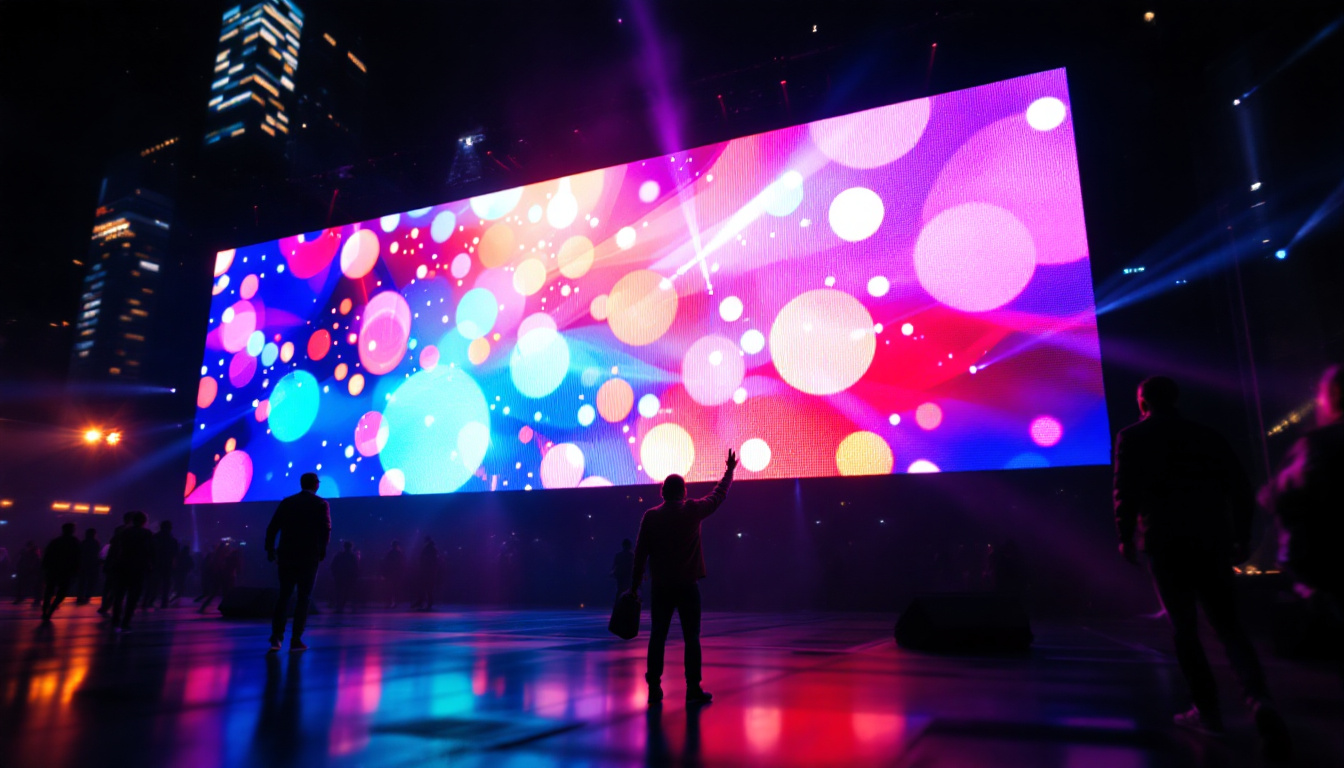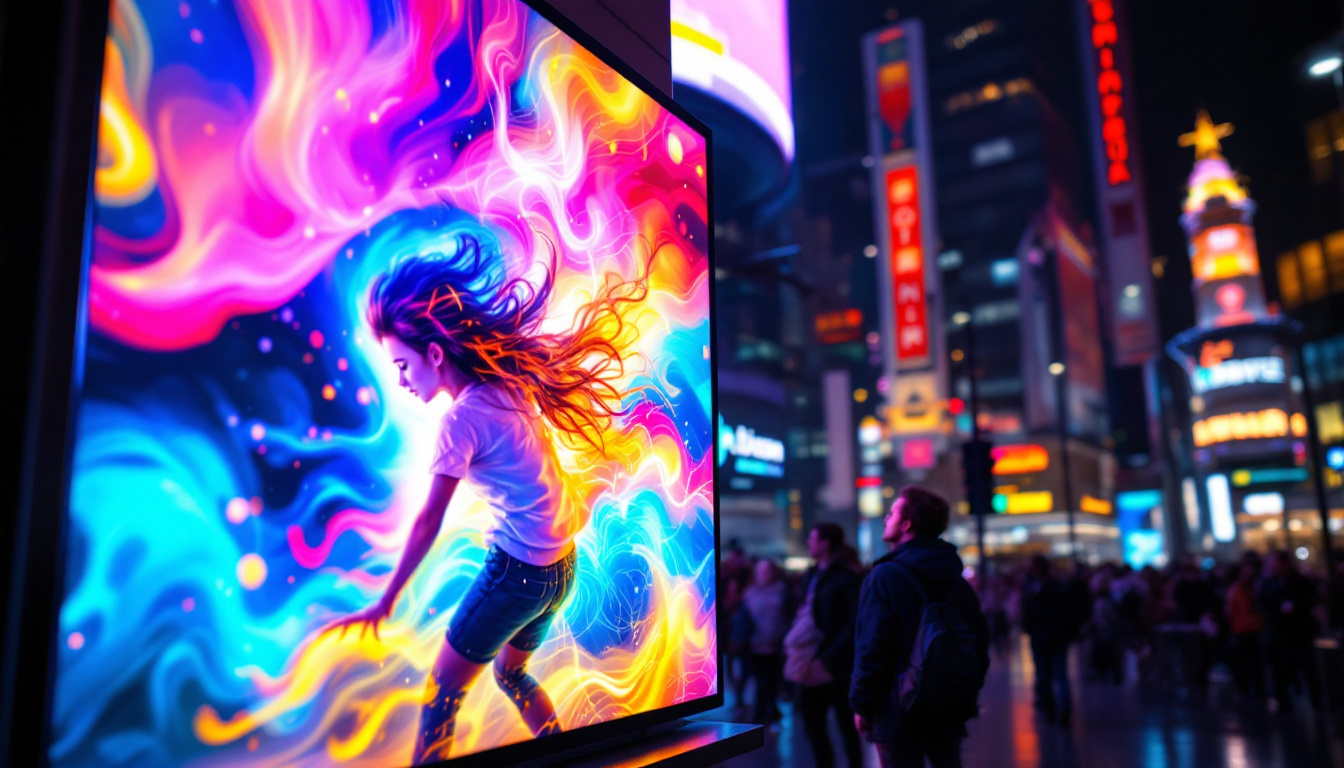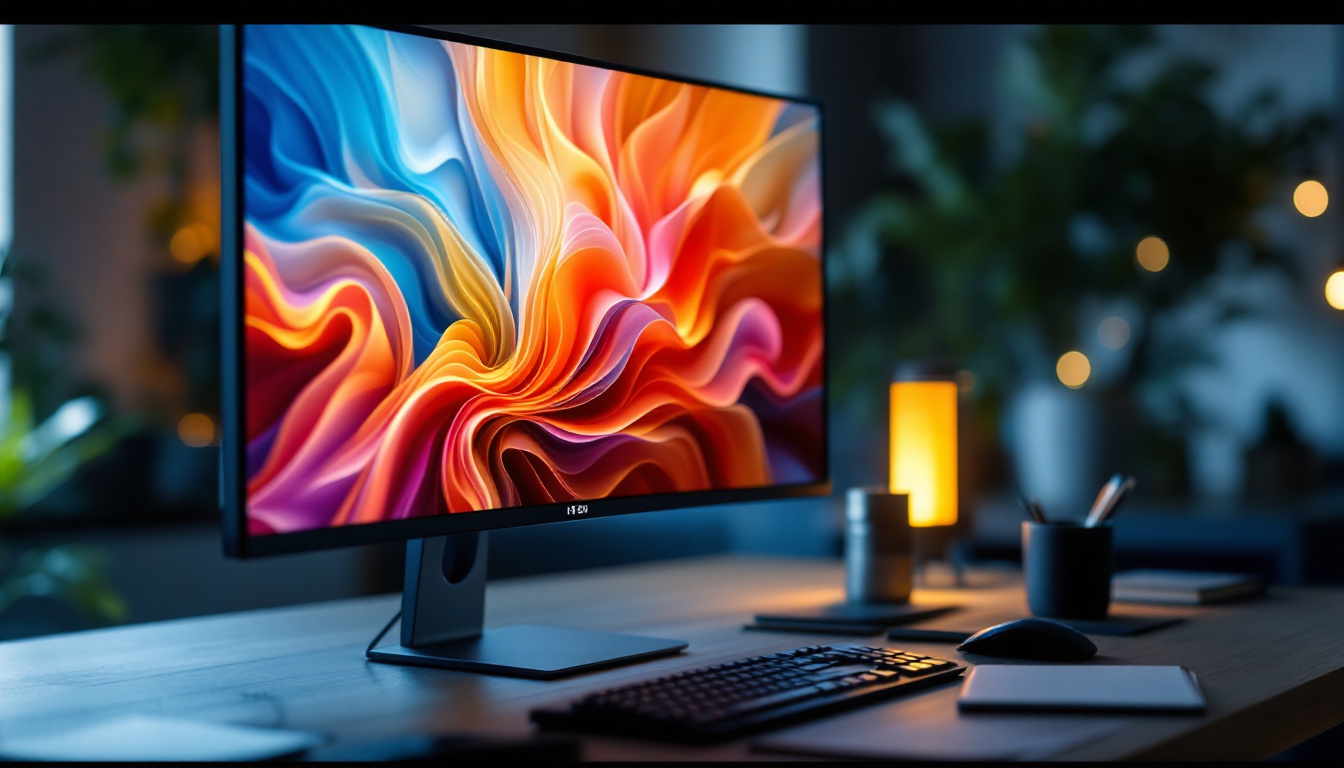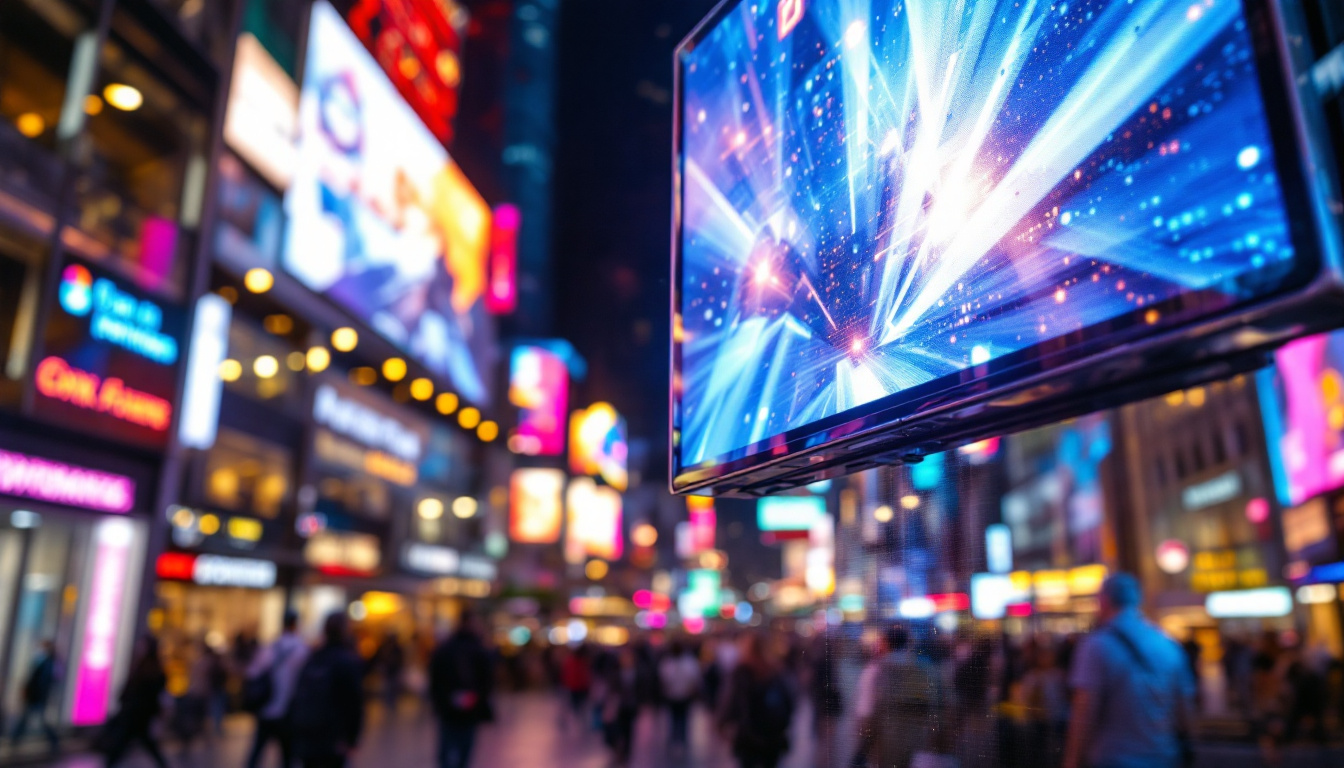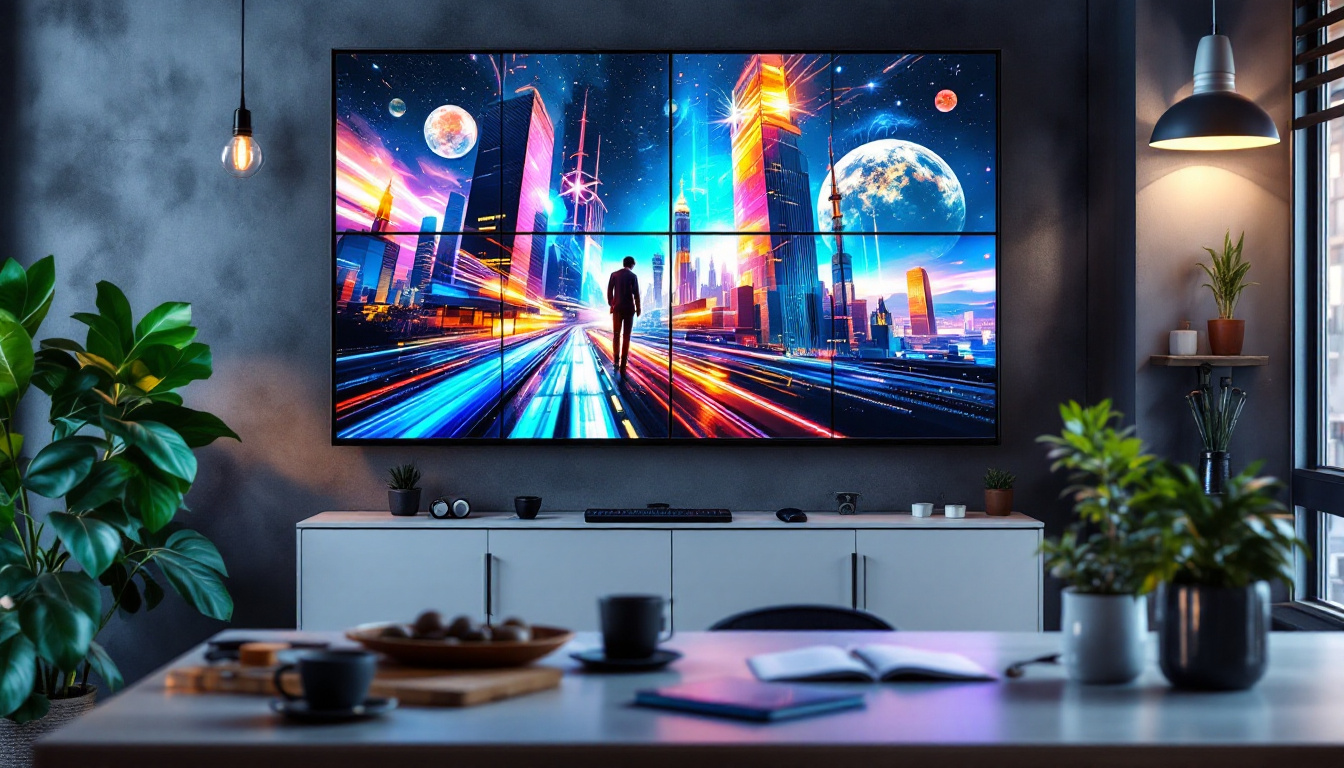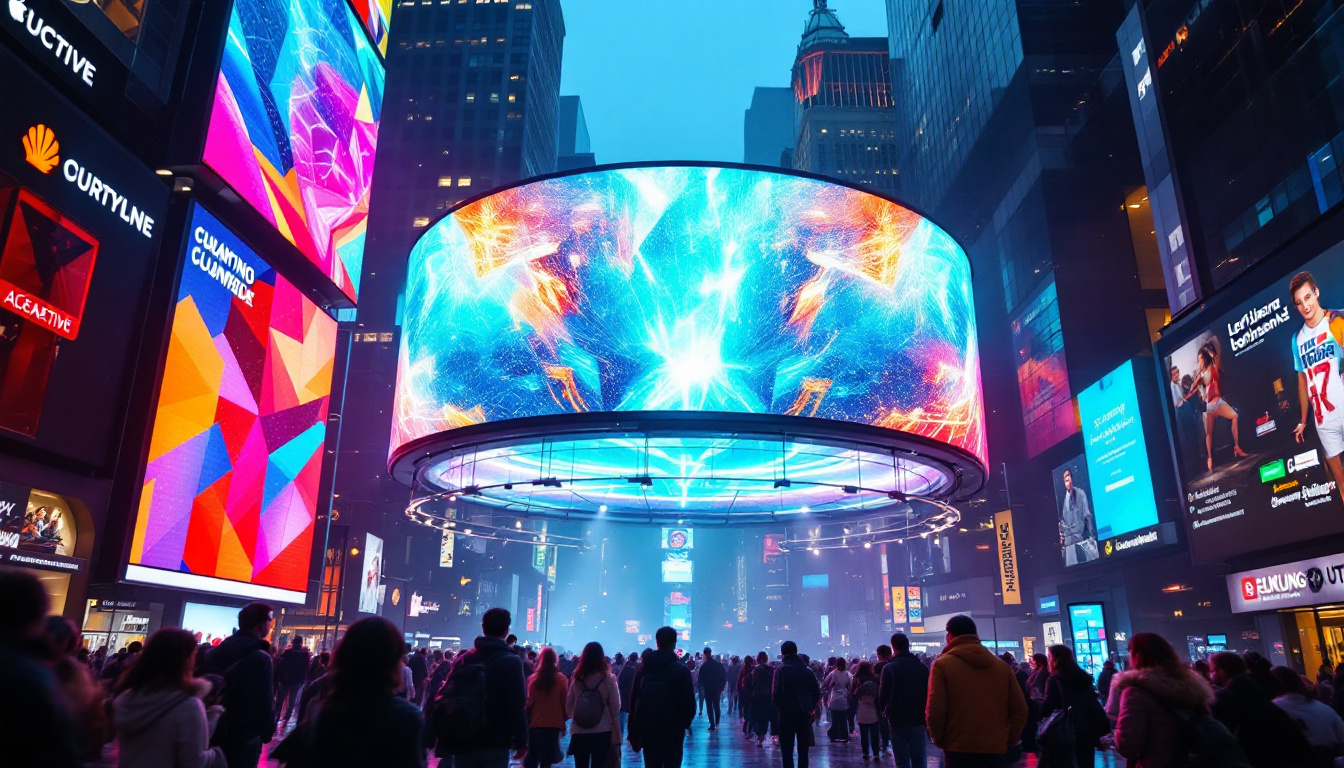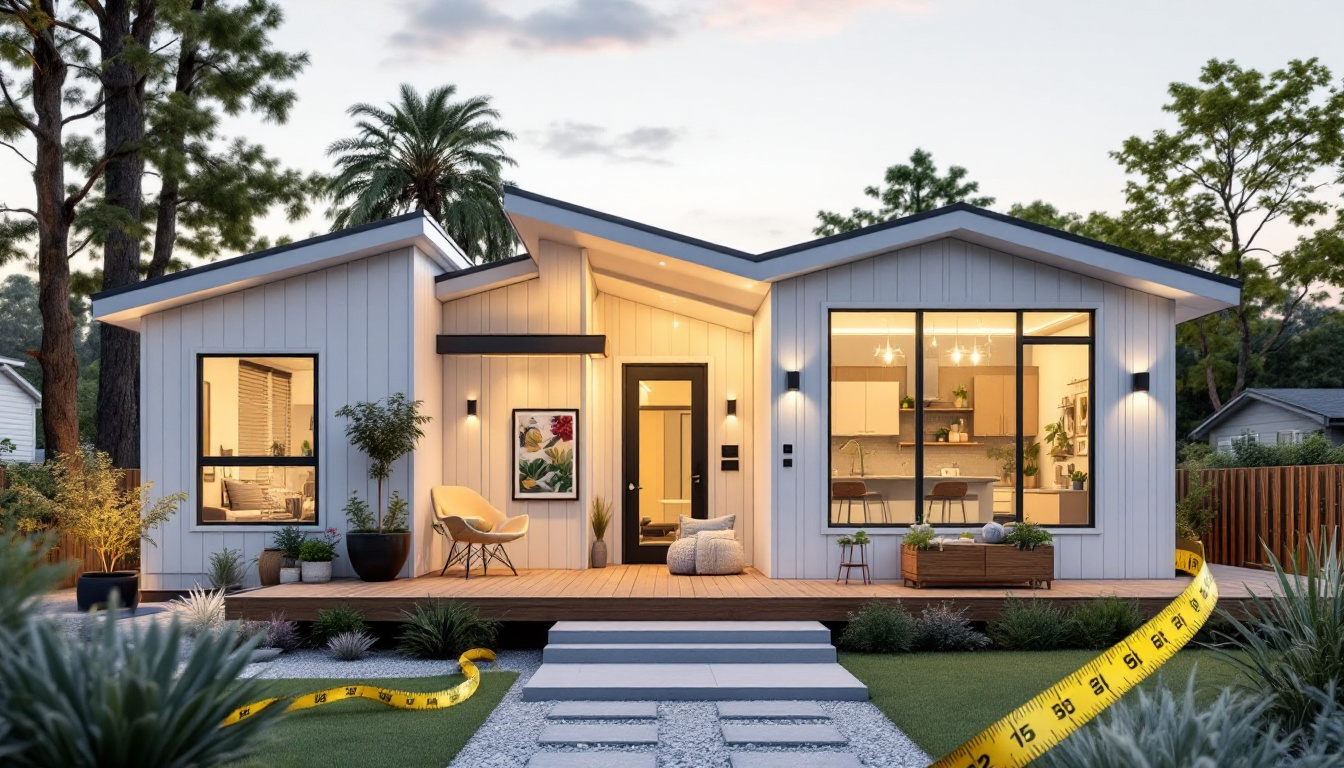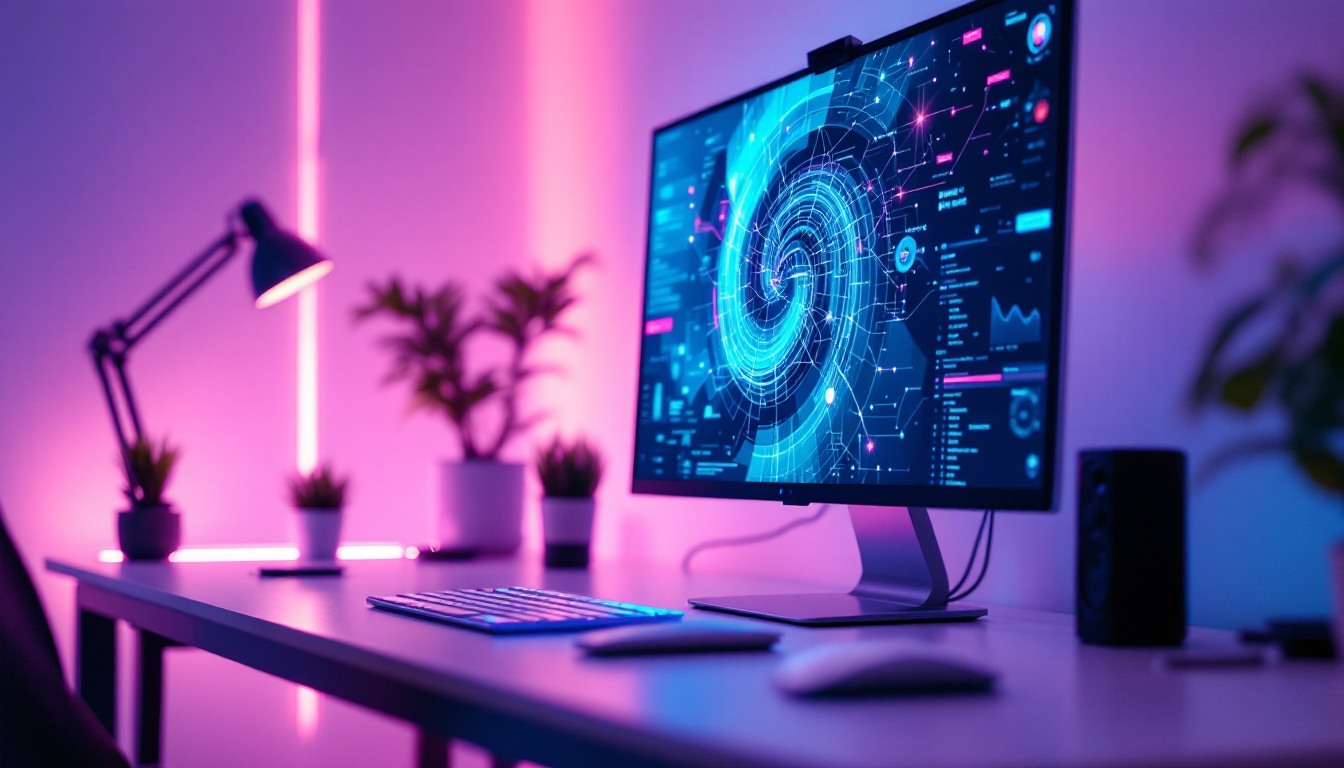In the age of digital transformation, traditional methods of displaying images and information are being replaced by more dynamic solutions. One such innovation is the LED display, which has revolutionized the way we present visual content. This article delves into the concept of picture boards for walls, particularly focusing on LED displays, their benefits, applications, and how they can enhance both personal and professional environments.
Understanding LED Displays
LED (Light Emitting Diode) displays are a type of flat panel display that uses LEDs as pixels for video and image display. They are known for their brightness, energy efficiency, and versatility, making them an ideal choice for various applications. Unlike traditional LCD displays, LED technology offers greater contrast ratios and can be used in a variety of settings, from homes to large-scale advertising.
How LED Displays Work
At the core of LED technology is the diode, which emits light when an electric current passes through it. In an LED display, thousands of these diodes work together to create images. The displays can be categorized into two main types: direct view and backlit. Direct view LED displays utilize the diodes to emit light directly, while backlit displays use LEDs to illuminate a liquid crystal display (LCD) panel from behind.
The arrangement of diodes determines the resolution and quality of the display. Higher resolution displays consist of more diodes packed closely together, resulting in sharper images and better color accuracy. This technology allows for vibrant visuals that can capture attention in any setting. Furthermore, advancements in LED technology have led to the development of organic LEDs (OLEDs), which offer even greater flexibility in design and improved color reproduction, making them a popular choice for high-end televisions and smartphones.
Advantages of LED Displays
LED displays offer several advantages over traditional display technologies. One of the most significant benefits is their energy efficiency. LED technology consumes less power compared to other types of displays, making them a cost-effective choice in the long run. Additionally, they have a longer lifespan, often exceeding 50,000 hours, which reduces the need for frequent replacements.
Another advantage is their ability to perform well in various lighting conditions. LED displays are exceptionally bright, ensuring visibility even in direct sunlight. This feature makes them ideal for outdoor advertising, digital signage, and even indoor applications where ambient light levels can vary. Moreover, LED displays can be easily customized in size and shape, allowing for creative installations that can fit into any environment, from stadiums to retail spaces. The modular nature of LED technology means that they can be arranged in various configurations, enabling businesses to create eye-catching displays that stand out and engage audiences effectively.
Applications of LED Displays
The versatility of LED displays allows them to be used in a wide range of applications. From commercial to residential settings, these displays can enhance visual communication and engagement.
Commercial Use
In commercial environments, LED displays are commonly used for advertising and promotional purposes. Retailers utilize large LED screens to showcase products, sales, and events, drawing in customers with eye-catching visuals. Additionally, LED displays are prevalent in sports arenas, where they provide real-time updates, instant replays, and advertisements, enriching the spectator experience.
Moreover, LED displays are increasingly being used in corporate settings for presentations and meetings. Their ability to display high-resolution images and videos makes them an excellent choice for conveying complex information in an engaging manner. Digital signage powered by LED technology can also be found in airports, train stations, and other public spaces, providing essential information to travelers. These displays can be programmed to show real-time updates on flight schedules, train arrivals, and even emergency announcements, ensuring that passengers are well-informed and can navigate their journeys with ease.
Furthermore, the integration of LED displays in events and exhibitions has revolutionized the way brands connect with their audiences. Trade shows and conferences often feature large LED walls that can be customized to reflect a brand’s identity, showcasing promotional content or live social media feeds. This not only captures the attention of attendees but also encourages interaction and engagement, making the overall experience more memorable.
Residential Use
In residential settings, LED displays have gained popularity as picture boards for walls. Homeowners can use these displays to showcase family photos, artwork, or even digital art that changes throughout the day. This dynamic approach to home decor allows for personalization and creativity, transforming a static wall into a lively focal point.
Additionally, LED displays can serve as a central hub for smart home systems. They can display notifications, weather updates, and even act as a digital photo frame, providing both functionality and aesthetic appeal. The ability to sync with various smart home devices means that these displays can also serve as control panels for lighting, security systems, and climate control, all while maintaining a sleek and modern look that complements contemporary home design.
Moreover, LED displays are finding their way into home entertainment systems, enhancing the viewing experience for movies and gaming. With the advent of smart TVs that utilize LED technology, homeowners can enjoy vibrant colors and sharp contrasts, making every viewing session immersive. Some families are even opting for LED projectors that can transform any wall into a cinema screen, creating a unique and enjoyable atmosphere for movie nights or gaming marathons with friends and family.
Choosing the Right LED Display
When selecting an LED display for a picture board or any other application, several factors should be considered to ensure the best fit for your needs.
Size and Resolution
The size of the LED display plays a crucial role in its effectiveness. Larger displays are suitable for public spaces where visibility is essential, while smaller screens can be ideal for home use. Resolution is equally important; higher resolutions provide clearer images and are necessary for detailed visuals. For instance, a display intended for close viewing should have a higher pixel density compared to one used for distant viewing.
Installation and Placement
Proper installation and placement of the LED display can significantly impact its performance. Factors such as viewing distance, angle, and ambient lighting should be considered. For outdoor displays, weather resistance is also a critical factor, ensuring that the display can withstand environmental conditions. Consulting with professionals can help determine the best installation practices for optimal viewing experiences.
Innovative Features of Modern LED Displays
As technology continues to evolve, modern LED displays come equipped with innovative features that enhance their functionality and user experience.
Smart Technology Integration
Many contemporary LED displays are designed to integrate with smart technology, allowing users to control them through mobile apps or voice commands. This feature enables seamless content management, making it easy to update images or information remotely. Smart displays can also connect to the internet, providing access to a wide range of content sources and applications.
Interactive Capabilities
Interactive LED displays are becoming increasingly popular, particularly in educational and corporate environments. These displays allow users to engage directly with the content, facilitating collaboration and enhancing learning experiences. Touchscreen capabilities enable users to navigate through presentations, access information, and even play interactive games, making the display a dynamic tool for engagement.
Maintenance and Care for LED Displays
To ensure the longevity and optimal performance of LED displays, regular maintenance and care are essential. Proper cleaning and handling can prevent damage and maintain image quality.
Cleaning and Upkeep
Cleaning an LED display should be done with care to avoid damaging the screen. It is advisable to use a soft, lint-free cloth and a mild cleaning solution specifically designed for electronics. Avoid using abrasive materials or harsh chemicals that could scratch or harm the display surface. Regular dusting can also help maintain clarity and brightness.
Software Updates
For smart LED displays, keeping the software updated is crucial for optimal performance. Manufacturers often release updates that enhance functionality, fix bugs, and improve security. Regularly checking for updates ensures that the display operates smoothly and efficiently.
Future Trends in LED Display Technology
The landscape of LED display technology is constantly evolving, with new trends emerging that promise to enhance their capabilities further.
Advancements in Flexibility and Design
One of the most exciting trends is the development of flexible LED displays. These displays can be bent and shaped to fit various surfaces, allowing for creative installations that were previously impossible. This flexibility opens up new possibilities for advertising, art installations, and architectural designs, making LED displays even more versatile.
Enhanced Sustainability
As environmental concerns grow, manufacturers are focusing on creating more sustainable LED displays. This includes using eco-friendly materials, improving energy efficiency, and developing recycling programs for old displays. Sustainable practices not only benefit the environment but also appeal to consumers who prioritize eco-conscious products.
Conclusion
LED displays have transformed the way images and information are presented, offering a dynamic and engaging alternative to traditional display methods. With their versatility, energy efficiency, and innovative features, LED displays are suitable for a wide range of applications, from commercial advertising to personal home decor.
As technology continues to advance, the future of LED displays looks promising, with trends pointing towards greater flexibility, interactivity, and sustainability. Whether for a business or a home, investing in an LED display can enhance visual communication and create a captivating experience for viewers.
In summary, the picture board for walls using LED displays is not just a trend but a significant shift in how visual content is shared and experienced. Embracing this technology can lead to exciting possibilities in both personal and professional environments.
Illuminate Your Space with LumenMatrix
Ready to elevate your environment with the dynamic and engaging power of LED displays? Look no further than LumenMatrix, a pioneer in LED display technology. Whether you’re seeking to boost your brand’s presence with an Indoor LED Wall Display, make a statement in the great outdoors with an Outdoor LED Wall Display, or create a unique experience with our Custom LED Display options, LumenMatrix has the solution to meet your needs. Our mission is to transform your visual communication, captivating your audience with unparalleled clarity and impact. Don’t miss out on the opportunity to bring your vision to life. Check out LumenMatrix LED Display Solutions today and start creating unforgettable visual experiences.

